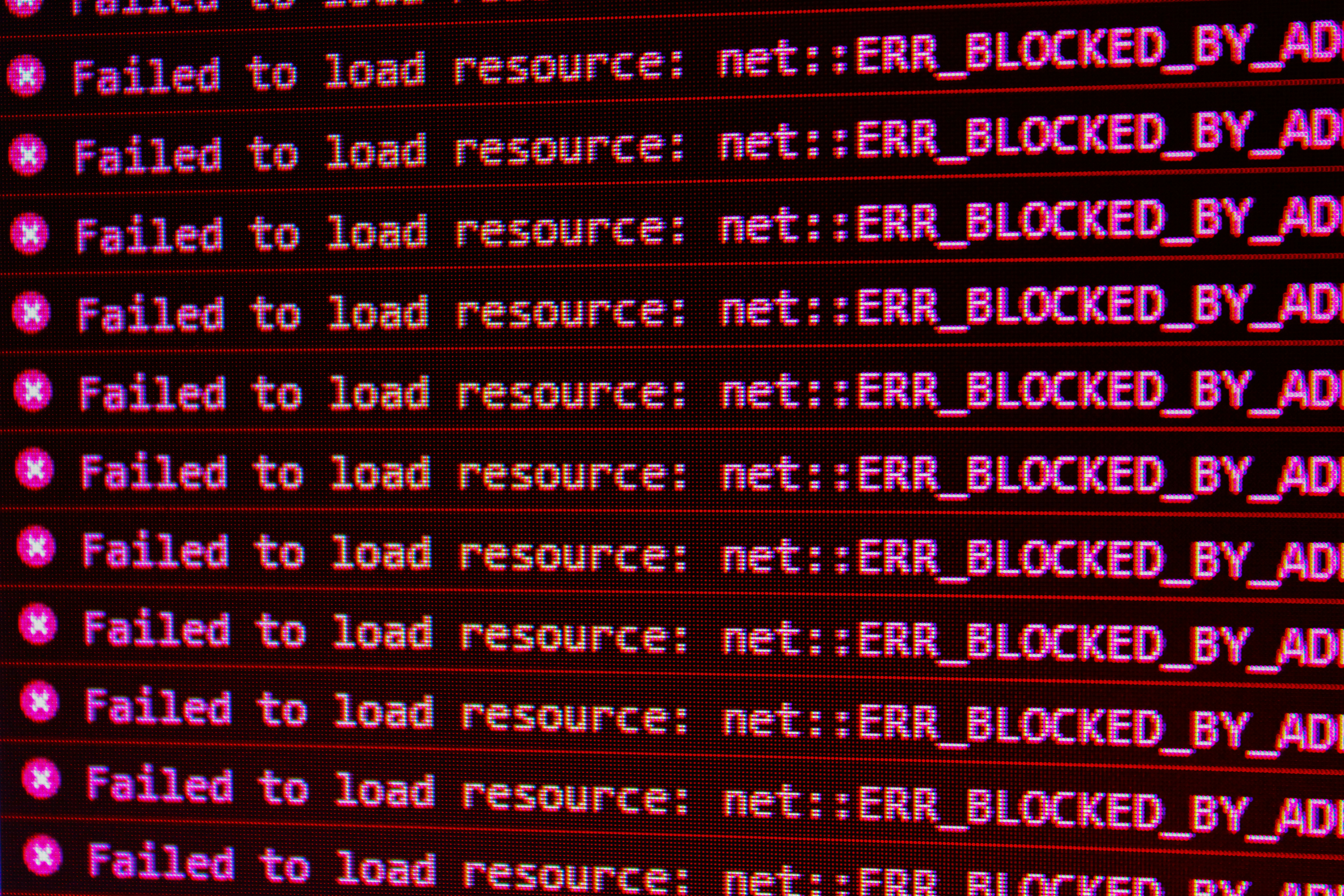Python 程式札記 : JSON 檔案操作
JSON 格式因為其輕巧、易於讀寫的特性,所以普遍應用於數據儲存。本文將介紹如何使用 Python 來讀取、處理、解析和修改 JSON 檔案。
JSON 基礎操作:讀取和寫入
讀取 JSON 文件
要從JSON文件中讀取數據,您可以使用json.load()方法。這會將文件內容轉換為 Python對象。
import json
# 打開並讀取JSON文件
with open('example.json', 'r', encoding='utf-8') as file:
data = json.load(file)
print(data)
寫入 JSON 文件
您也可以使用json.dump()方法將 Python 對象寫入 JSON 文件。
import json
data = {
'name': 'John Doe',
'age': 30,
'city': 'New York'
}
# 將Python對象寫入JSON文件
with open('example.json', 'w', encoding='utf-8') as file:
json.dump(data, file, indent=4)
JSON進階操作:解析和修改
解析 JSON 字符串
若要處理從 API 或其他來源獲得的 JSON 字符串,您可以使用json.loads()方法。
import json
json_string = '{"name": "John Doe", "age": 30, "city": "New York"}'
# 將JSON字符串轉換為Python對象
data = json.loads(json_string)
print(data)
修改 JSON 數據
您可以直接操作轉換得到的 Python 對象,然後再將其保存回 JSON 格式。
import json
# 讀取JSON數據
with open('example.json', 'r', encoding='utf-8') as file:
data = json.load(file)
# 修改數據
data['age'] = 31
# 將更新的數據寫回文件
with open('example.json', 'w', encoding='utf-8') as file:
json.dump(data, file, indent=4)
😊 感謝你的耐心閱讀,若是你喜歡這篇內容,可以透過以下方式表達你的喜歡 😊
60會員
91內容數
「梧笙」即「吾生」,意即我的生命,朋友都叫我「阿梧(Awu)」,高雄人。我喜歡學習新技能,從程式設計到網路工具,再到社群經營和影片剪輯。日常興趣是打遊戲、看動漫、讀小說和聽音樂。我會把這些興趣寫成文章,如果你有任何想法或問題,歡迎來信到我的郵箱 [email protected]
留言0
查看全部
















